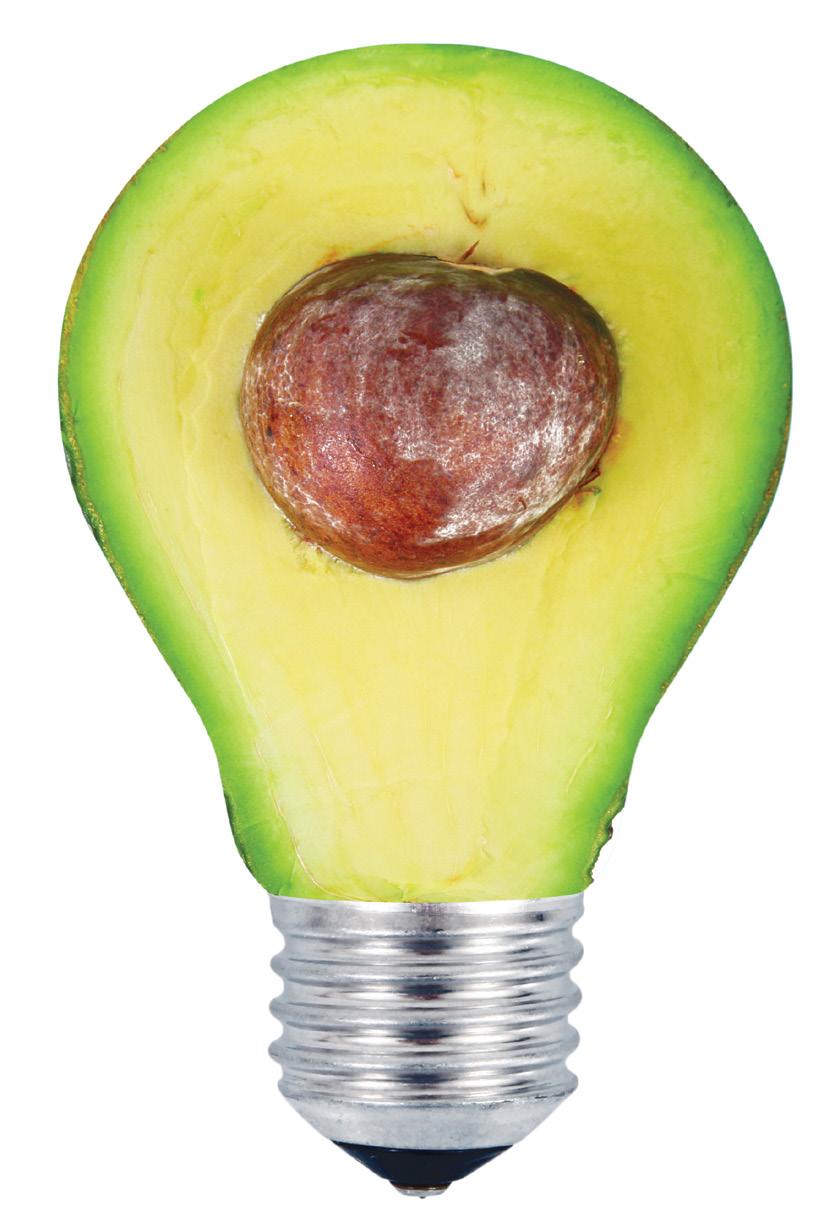N A M N O I T C A
N O I T A OF IRRIG By: Karen Trebilcock
A
fter a summer internship with Lindsay Corporation, fourth-year Lincoln University student Jack Taggart knows quite a bit about irrigation. Through friends he heard about the position, had the interview a week after exams ended and got the job. It finished the week before uni started again mid-February although at the beginning of March he was still in the midst of writing up the final reports. Multi-national company Lindsay is introducing FieldNET Advisor, remote irrigation scheduling technology to New Zealand, and it was Jack’s job to make sure it was doing what it was supposed to. FieldNET Advisor automatically combines crop type, hybrid and planting dates with soil maps, hyper-local weather information and historical paddock data. Through crop growth and water usage modelling, the algorithms set a new plan every day for the irrigator so the farmer doesn’t have to do anything. The irrigation recommendations help improve crop performance by reducing water stress and nutrient leaching, without the cost of installing additional sensors or probes in the field or the need to visually inspect every crop. Water is conserved by reducing the likelihood of overwatering and loss of key nutrients.
76
The system can optimise irrigation at the scale each farm requires, however unique it is, based on operational objectives such as priorities of conserving water and energy and at the same time boosting yield production. “It’s really an impressive setup. It’s already being used successfully in Australia and the United States but with our different pastoral systems and climate it still needed to be validated here,” Jack said. On cereals, potatoes, onions, potatoes as well as grass and winter crops on dairy country, the farms Jack was involved with were dotted from the coast to the mountains in Canterbury. “My boss was in Australia so we would video call once or twice a week but otherwise I was on my own. I had to do my own selfmotivating which was new to me.” He stayed the summer in his Lincoln flat and a desk at the campus library became an extension of Lindsay Corporation’s vast global spread. And of course, on the way to visit the irrigators, Jack could stop by at the family farm between Ashburton and Methven. “I’d stop in for lunch or tea. Say gidday to my dog.” His family milk 1200 crossbred cows on two properties next to each other with 36-aside herringbone dairies. There’s also a runoff close by the farms so the operation is fully self-contained except for inputs of barley straw and palm kernel. Dairy Exporter | www.nzfarmlife.co.nz | March 2021























